Relevance of ATRs in modern fleet?
PIA operates 5 ATRs in a 37 aircraft fleet
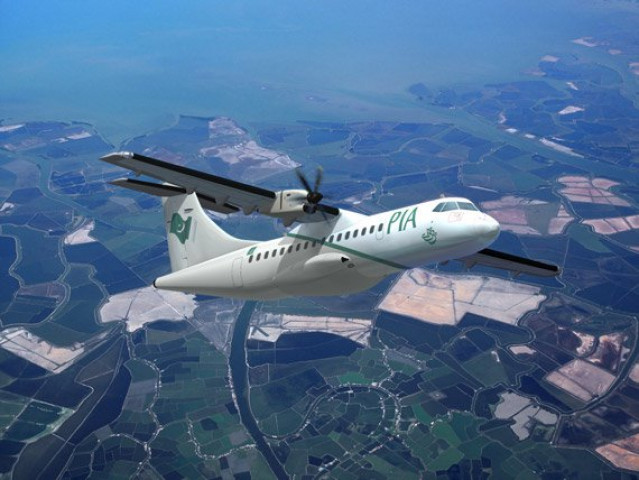
"PIA will be operating 11 ATRs, 13 Airbus A320s, nine Boeing 777s and five Airbus A310 aircraft in 2015," PIA chairman Muhammad Ali Gardezi. PHOTO: COURTESY ATR
Pakistan International Airline operates the aircraft to facilitate tourists to Northern Areas from Islamabad and on other routes, including Karachi-Gwadar and Islamabad-Lahore.
Flight PK-661: No survivors
PIA’s official website says: “This aircraft has enabled the airline to provide its valued customers… to fly to far-flung and remote destinations of the country.”
ATR stands for Aerei da Trasporto Regionale or Avions de transport regional and ‘42’ means that it is a 42-seat aircraft. The state-owned airline inducted the first ATR 42-500 into its fleet on June 1, 2006. It has a total of five ATRs in a fleet of 37 aircraft at present. It inducted the 5th aircraft on June 18, 2007.
The aircraft - which crashed near Abbottabad on Wednesday with 42 passengers, five cabin crew members and one ground engineer on the board, on the way to Islamabad from Chitral – was inducted on April 6, 2007.
These aircraft are made in France and Italy. The loaded aircraft with passengers and luggage can fly to a maximum distance of 1,555 kilometres (840 nautical miles).
Its speed is 554 kilometres per hour at cruise altitude. The double-engine aircraft has a maximum fuel capacity of 1,486 US gallon/each and can remain up in the air to a ceiling height of 25,000 feet from the ground.
The low-speed small-haul aircraft is considered to be fuel efficient and suitable for small routes.
In August 2012, another one of the ATRs in PIA’s fleet skidded off the runway during its landing due to heavy rain. Fortunately, the incident caused no harm to passengers and staffers on board.
Re-plug: Junaid Jamshed and the ‘maternal instinct’
When PIA announced to induct another model — ATR 72-500 — sometimes in 2013-14, the Pakistan Air Line Pilots’ Association (Palpa) had gone against the inductions.
Palpa General Secretary Captain Rizwan Ahmed, however, demanded an independent investigation into the crash at Abbottabad. “PIA and the Civil Aviation Authority should not be made part of the investigation team.”
On Wednesday, flight PK-661 crashed into the mountains near Abbottabad taking away the lives of 47 people including famous singer-convert-preacher Junaid Jamshed and his wife.
People from all walks of life started sending in condolences for the departed, tickers after tickers on news channels flashed minute details of the incident and after some time a lot of people started questioning Pakistan International Airlines’ (PIA) airplane safety measures.
Islamabad-bound PIA aircraft crashes near Abbottabad
That is when people on social media came to know that the aircraft that crashed was an ATR (Aerei da Trasporto Regionale or Avions de transport regional). Soon the planes developed by the company were termed archaic and calls to write them off were in place.
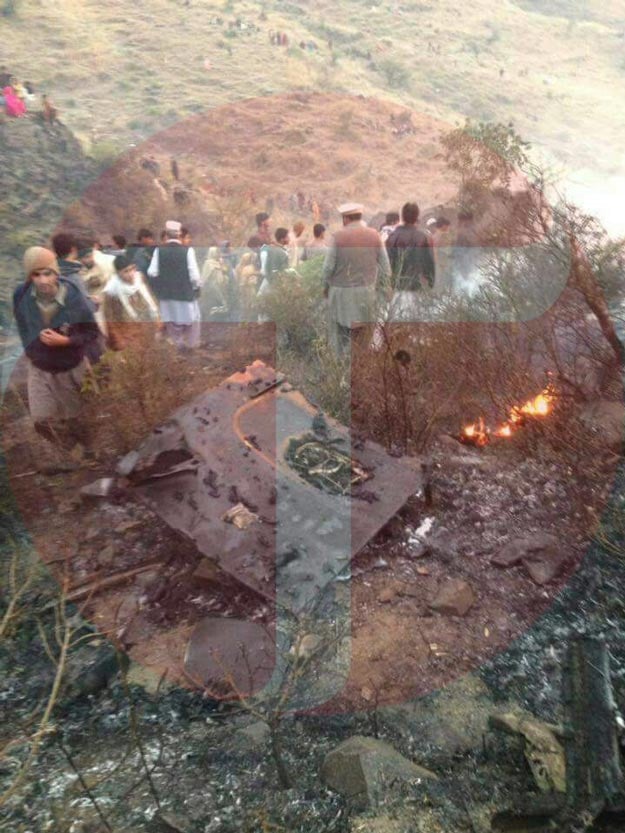 The crash site of PK661 aircraft. PHOTO OWNERSHIP: EXPRESS
The crash site of PK661 aircraft. PHOTO OWNERSHIP: EXPRESSThis, combined with mere curiosity, led to the investigation of what these airplanes called ATRs are and how many of these notorious flying mini-beasts does PIA have in their fleet.
According to the ATR website, the Toulouse, Southern France based-aircraft manufacturer, is the ‘world leader’ for regional aircraft of up to 90 seats. It has a workforce of 1200 people (as of 2016) with a recorded turnover of US$2 Billion (2015) and interestingly has sold over 1500 aircraft since its inception.
The company further boasts, in its corporate profile, that an ATR aircraft takes off or lands somewhere around the world every ‘eight’ seconds.
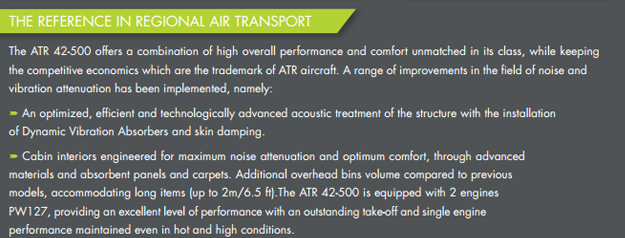 How ATR describes it aircraft ATR 42-500. PHOTO COURTESY: ATRAIRCRAFT.COM
How ATR describes it aircraft ATR 42-500. PHOTO COURTESY: ATRAIRCRAFT.COMPIA PK-661 crash: List of passengers on board
Moreover, a quick search on the internet will lead you the website airfleets.net which has the most updated database of all the aircraft under PIA’s ownership.
According to the site, out of the total 37 aircraft in PIA’s fleet, there were, just before the unfortunate crash, 11 ATRs in PIA’s fleet: ATR 42-500 (6) and ATR 72-212A (5). However, the aircraft that crashed was one of seven ATR 42-500 which were bought between June 2006 and June 2007 by PIA.
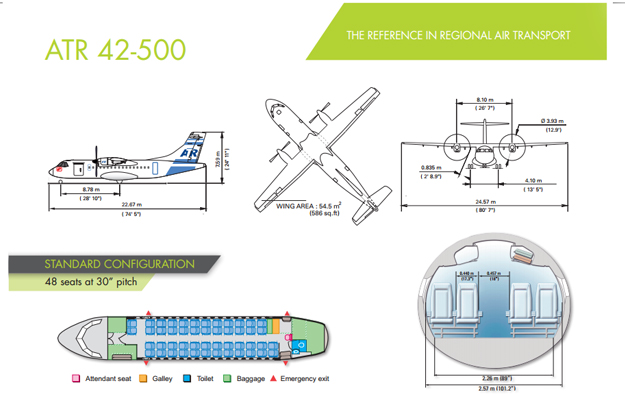 The aircraft under question, ATR 42-500, shown inside-out. PHOTO COURTESY: ATRAIRCRAFT.COM
The aircraft under question, ATR 42-500, shown inside-out. PHOTO COURTESY: ATRAIRCRAFT.COMOne of the ATR 42-500, also known as PK-657, met a landing accident in November 2012 during its flight from Islamabad to Lahore. The flight, which was carrying more than 30 passengers, strayed off the runway while landing in Lahore. No fatalities were recorded but three people (one member of the flight crew, and two passengers) were injured due to the incident. As a result, the aircraft was immediately written off.
The enigma that was Junaid Jamshed
Apart from the aforementioned aircraft, PK-663, still part of PIA’s fleet, also met an accident back in 2009 while landing in Lahore. It was repaired and returned to service.
Across the globe as well, the ATR 43-500, which was first delivered in October 1995, has met only one accident in July 1997. The aircraft, which was flying from Nice, France to Florence, Italy, overran on the runway and stopped near a highway. There was only one casualty recorded; one of the three crew members died, while all 14 passengers remained unharmed.
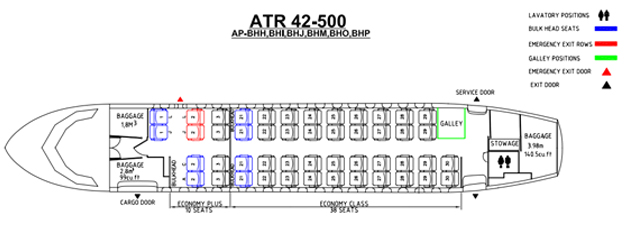 What the ATR 42-500 looks from inside according to PIA. PHOTO COURTESY: PIAC.COM.PK
What the ATR 42-500 looks from inside according to PIA. PHOTO COURTESY: PIAC.COM.PKThe counter-argument to all this is that this company produces aircraft which are cheap and relies on low-priced production parts but there is only one answer to it.
The International Civil Aviation Organisation (ICAO), which works as a specialised agency under the United Nations has ATR on its list as a registered member. If someone should be questioned over the low quality of these aircraft, then it should be ICAO which has allowed ATR to produce such cheap planes. I don't think they will let go
Meanwhile, we will have to wait for the final results of the investigation into how the crash really happened and why. Before that, any speculation is only a guess – be it learned or random.
Published in The Express Tribune, December 8th, 2016.






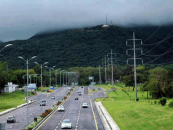












COMMENTS
Comments are moderated and generally will be posted if they are on-topic and not abusive.
For more information, please see our Comments FAQ